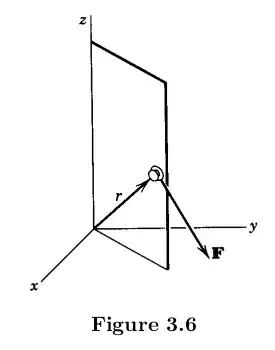I am studying Statics and saw that:
The moment of a force about a given axis (or Torque) is defined by the equation:
$M_X = (\vec r \times \vec F) \cdot \vec x \ \ \ $ (or $\ \tau_x = (\vec r \times \vec F) \cdot \vec x \ $)
But in my Physics class I saw:
$\vec M = \vec r \times \vec F \ \ \ $ (or $\ \vec \tau = \vec r \times \vec F \ $)
In the first formula, the torque is a triple product vector, that is, a scalar quantity. But in the second, it is a vector. So, torque (or moment of a force) is a scalar or a vector?
